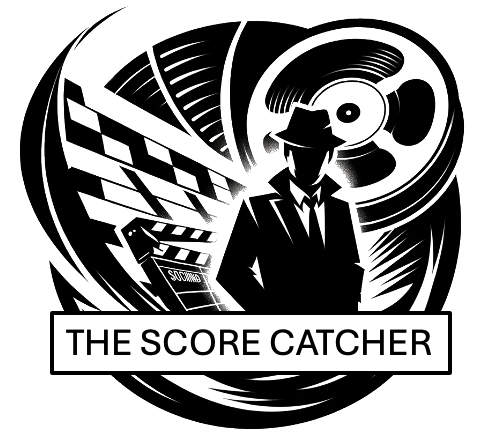Thursday, Film4, 6:50pm
Few films capture the intoxicating glamour and ruthless ambition of the fashion world quite like The Devil Wears Prada(2006). Directed by David Frankel and starring Meryl Streep, Anne Hathaway, and Emily Blunt, the film is as much about personal transformation as it is about haute couture. Its soundtrack, a slick mix of pop, rock, and dance, mirrors the film’s energy, seamlessly blending early 2000s hits with timeless classics. The music underscores both the high-stakes world of Runway magazine and protagonist Andy Sachs’ evolution from an uncertain assistant to a woman who understands—but ultimately resists—the cost of power.

The soundtrack bursts with attitude, opening with Madonna’s “Vogue,” an obvious yet undeniably perfect choice for a film steeped in high fashion. The song’s celebratory embrace of style and performance sets the tone for the glossy world Andy is stepping into. Later, KT Tunstall’s “Suddenly I See” becomes a defining musical motif, playing over Andy’s transformation montage. Its upbeat, empowering energy perfectly encapsulates her excitement as she immerses herself in her new, high-fashion life. Elsewhere, Jamiroquai’s “Seven Days in Sunny June” and U2’s “City of Blinding Lights” add sophistication and grandeur, particularly during Andy’s Parisian adventure, reinforcing the film’s central theme: the seductive yet fleeting nature of success.
What makes The Devil Wears Prada’s soundtrack so effective is its ability to balance the aspirational with the emotionally grounded. The glossy pop tracks mirror the film’s dazzling aesthetic, while more introspective moments, like the use of Alanis Morissette’s “Crazy,” hint at the emotional turmoil beneath the surface. The music isn’t just an accessory—it actively shapes the film’s storytelling, allowing audiences to feel Andy’s journey as vividly as they see it. Nearly two decades later, both the film and its soundtrack remain iconic, a perfect snapshot of 2000s pop culture and the eternal allure of reinvention.
- Daisy Rae
